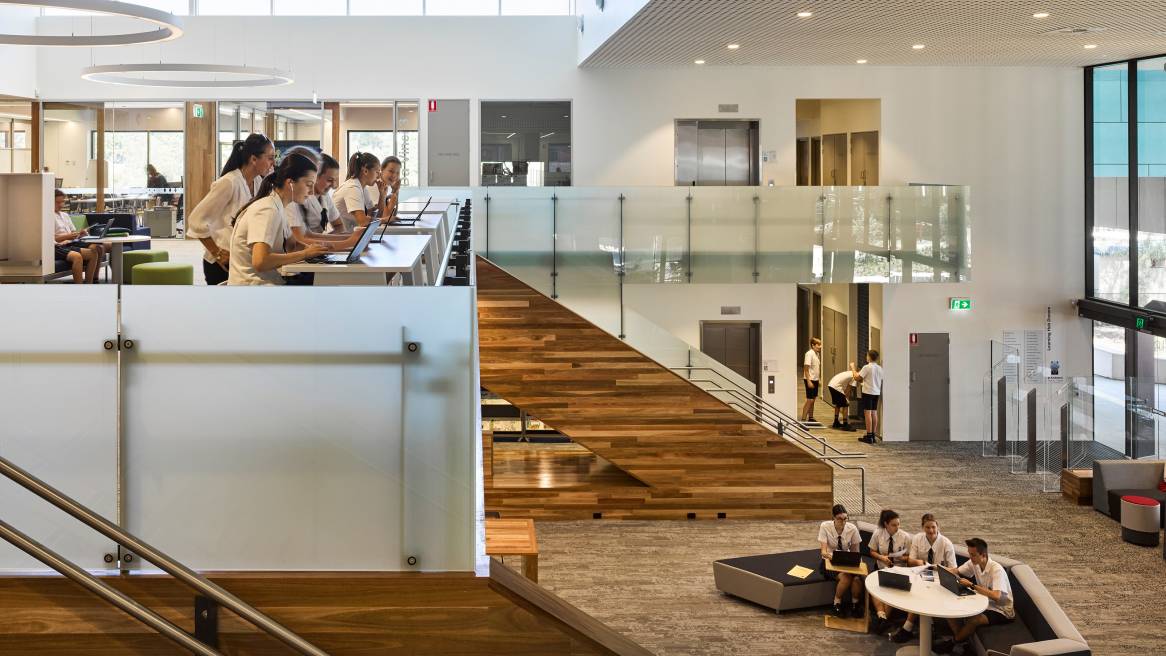Guide to Personalised Learning Experiences
Introduction
Chapters
- Introduction
- Main Characteristics
- Adopting Personalised Learning Experiences in Your Classroom or School
- Eight Strategies to Implement Personalised Learning Experiences
- How Teachers and Students Can Leverage Technology to Enable Personalised Learning
- Personalised Learning Space Elements
- Personalised Learning and You
Personalised learning per se isn’t a new concept. Every day, educators adapt lesson plans to ensure students meet learning objectives. Teachers draw on their professional experience and use a variety of techniques to help students learn and engage with the material.
While there will always be a need for this type of flexibility between students and teachers, there is a rising interest in a more complete instructional approach that puts students more fully in control of their learning. This concept, called personalised learning, is emerging as pressures are coming at students, educators and schools from all directions.
- Students are expected to be creative and have strong critical thinking, collaboration and communication skills — skills that require them to be engaged, thoughtful learners.
- Employers want them to enter the workforce as adaptable workers who understand how to learn new concepts and skills when the need arises, work well with others and demonstrate leadership.
- Standardised testing and higher learning standards raise expectations on educators and students, even as early as kindergarten.
- Always-tight budgets are even more constrained in many districts.
Personalised learning can be a way to meet these challenges and re-establish engagement in the learning process. Personalised learning not only helps students learn more effectively, it also targets more holistic development of personal skills, hard-to-measure areas like deeper learning, socio-emotional skills and growth mindset.
Many educators and administrators equate personalised learning with self-paced, adaptive courseware. Although these technologies can be an element of personalised learning experiences, they’re not a requirement.
NEXT CHAPTER Main Characteristics


